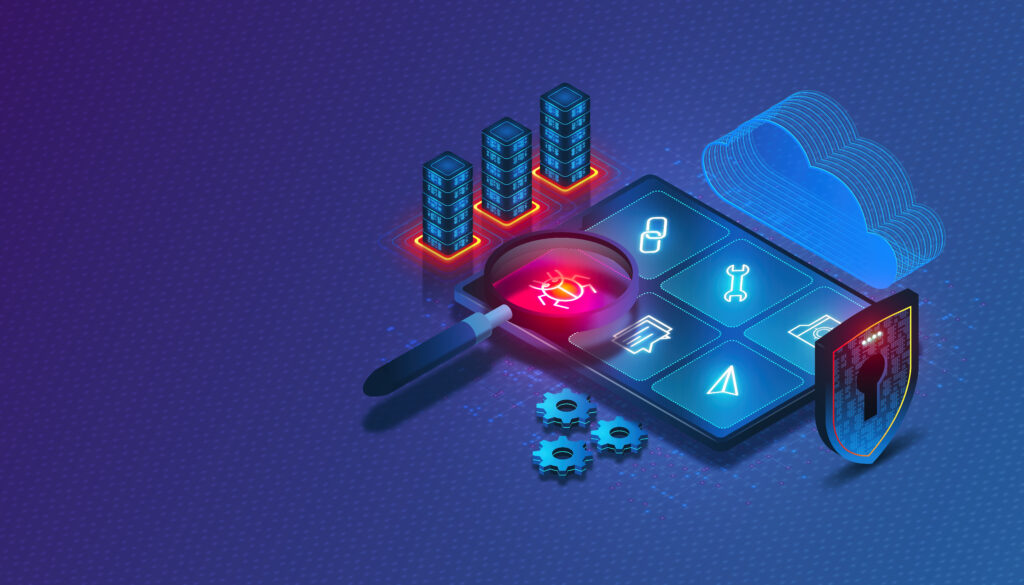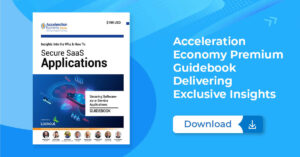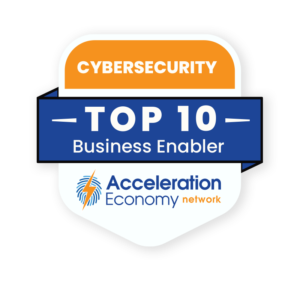Financial systems are becoming more open and connected. Simultaneously, new software vulnerabilities are arising almost daily. Some vulnerabilities are caused by internal errors or misconfiguration. Others are due to compromised open-source packages hidden deep within the software supply chain. Whatever the origin, decreasing their number and impact is a formidable challenge, an undertaking fraught with time-consuming tasks and manual auditing.
But there is a huge incentive for financial institutions to tackle this challenge. The typical fraud case goes undetected for 12 months and causes a median loss of $117,000. Losses from identity theft, a subset of fraud, or investment fraud can quickly grow into the millions.
Automated vulnerability scanning is one method to help discover vulnerabilities and remediate them in a timely fashion. It is suited for all industries, but especially for financial institutions, which must keep sensitive information safe from bad actors. Below, we’ll look at automated vulnerability scanning within financial software, consider how it works, and present some tools that will help get the job done, as well as some best practices.
Which companies are the most important vendors in cybersecurity? Click here to see the Acceleration Economy Top 10 Cybersecurity Shortlist, as selected by our expert team of practitioner-analysts.
The State of Vulnerabilities
Today’s software systems are full of potential vulnerabilities. One rising concern is threats arising from the many dependencies that make up modern applications. For example, the OWASP top 10 list of open-source risks outlines some of the major vulnerabilities within popular open-source packages. Known vulnerabilities are publicly documented as Common Vulnerabilities and Exposures (CVEs) and may persist unpatched within a software system. A hacker may also attempt to compromise a legitimate package or use typosquatting to insert malicious code into a system.
In addition to dependency risks, vulnerabilities might lie within the network as misconfigured infrastructure or insecure cloud environments. Shadow or zombie APIs pose another threat, as endpoints are often accidentally exposed or left to sit unmaintained.
The implications of these threats in a financial setting can be dire. Some vulnerabilities, like the infamous Log4j vulnerability, can enable a hacker to remotely execute malicious code within a software system. Such a vulnerability could be leveraged to scrape sensitive data, like credit card numbers, social security numbers, logins, or bank accounts. With the right credentials, account takeovers in a financial system can lead to the illicit transfer of funds or identity theft, to use two high-impact examples.
Automated Vulnerability Detection Benefits
Manually auditing the widening software surface area is challenging, since developer teams must oversee a growing number of software packages and code libraries. These components evolve over time and unknown vulnerabilities can present themselves, which can take countless hours to discover by hand.
As such, implementing automated vulnerability detection has become necessary to keep pace with the nearly endless barrage of vulnerabilities arising across the software ecosystem. Automated vulnerability detection tools can continually scan software against a regularly updated vulnerability database. These scanning systems might target the internal network or external systems exposed to the internet — they also may use either authenticated or unauthenticated requests to conduct penetration testing in different ways.
Automated vulnerability detection can improve the stability and integrity of financial systems in other ways, such as limiting the risk of zero-day vulnerabilities being caught by third parties in the wild. By utilizing more automation and artificial intelligence (AI), financial services firms can keep their systems protected amid rising deadlines and a reduced staff. Here are some other benefits:
- Increased speed and accuracy of detection. It can be challenging to maintain software and update dependencies regularly. As such, it’s easy for new vulnerabilities to go unnoticed. Automating the discovery process is critical to speed up the time to detection.
- Fast-track remediation. When an incident occurs, consumers want a quick resolution. Automatic vulnerability detection can quicken the meantime to resolving incidents. Many tools assign a risk score for vulnerabilities, helping security professionals prioritize their actions.
- Improved traceability and accountability. Vulnerability detection systems can pinpoint errors and suggest next steps along with helpful remediation advice — some can even source new patches automatically. Overall, this greatly improves accountability and helps to mitigate vulnerabilities before they’re exploited in the wild.
- Improved data privacy and protection. Staying ahead of new vulnerabilities limits the time they are left exposed. A continuous vulnerability management strategy can increase compliance with regulations, greatly enhance customer trust, and prevent fraud.
Tips For Managing Vulnerabilities
One downside of automatic vulnerability detection is that these systems can produce false positives and notification fatigue. This leads to burnout from the required follow-ups and obfuscates the actual high-risk vulnerabilities.
Thus, when addressing vulnerabilities as they arise, it’s a good practice to begin by addressing the low-hanging fruit. These include easily exploitable, popular targets with high-risk scores. But, it’s also essential to identify the big-ticket items to ensure that they are appropriately protected as well. Next, streamlining the mitigation procedures will be necessary to ensure these vulnerabilities are not only detected but addressed promptly.
Countless vendors provide vulnerability detection and management solutions, including Invicti, Tines, Kenna, Astra, Crashtest Security Suite, and others. The list also includes three vendors on our Top 10 Shorlist of Cybersecurity Enablers: Fortinet, Palo Alto Networks, and Trend Micro.
Cloud services providers have built-in vulnerability detection tools too, such as Amazon Inspector, which can scan AWS workloads for software vulnerabilities. There are also open-source automated vulnerability scanning tools to consider, including OWASP Zap, NMAP, and OpenVAS.
When searching for tools, consider those that utilize an extensive CVE database and ones that integrate well into pre-existing systems, such as code repositories and case management systems. It’s helpful to consider tools that slim down the noise of false positives — some do this by avoiding duplicate alerts and prioritizing risks with severity ranks. Tools should also offer remediation information and auto-update features whenever possible.
Final Thoughts: Decreasing Risk Posture
Financial systems are a frequent target of attack. They may be subject to ransomware, data leakage, cryptojacking, and other risks. As such, it’s crucial for security professionals working in finance to enhance their threat intelligence and plug all possible holes.
Above, we covered methods for automating the vulnerability detection process. But automation can also be leveraged in other ways to benefit financial systems, such as automatically scanning web requests to identify suspicious behaviors. Discovering this abuse early on is important to help protect high-risk financial data. Container scanning is also helpful in discovering known vulnerabilities within container images. Other uses for automation and AI include continuous security testing and enhancing authentication processes.
It should be noted that not all leakages and data privacy concerns arise from complex source code vulnerabilities. Some are much simpler but still pose a serious threat. Social engineering tactics like phishing attacks, for example, can be challenging to protect against since they involve third parties working outside of your system and tricking users into supplying their credentials. For financial services, a hacker may attempt to mimic an online banking login screen to capture credentials. Therefore, communicating risks to end users is just as important as retaining a hardened technology footprint.
Automated vulnerability detection is part and parcel of a stronger cybersecurity framework. It helps engineers think like hackers and decrease the overall risk posture of their systems. If these continual security scanning practices are incorporated into financial system software strategies, the end result is a safer infrastructure that is less prone to financial data leakage, fraud, and regulatory fines.
Want more cybersecurity insights? Visit the Cybersecurity channel:












